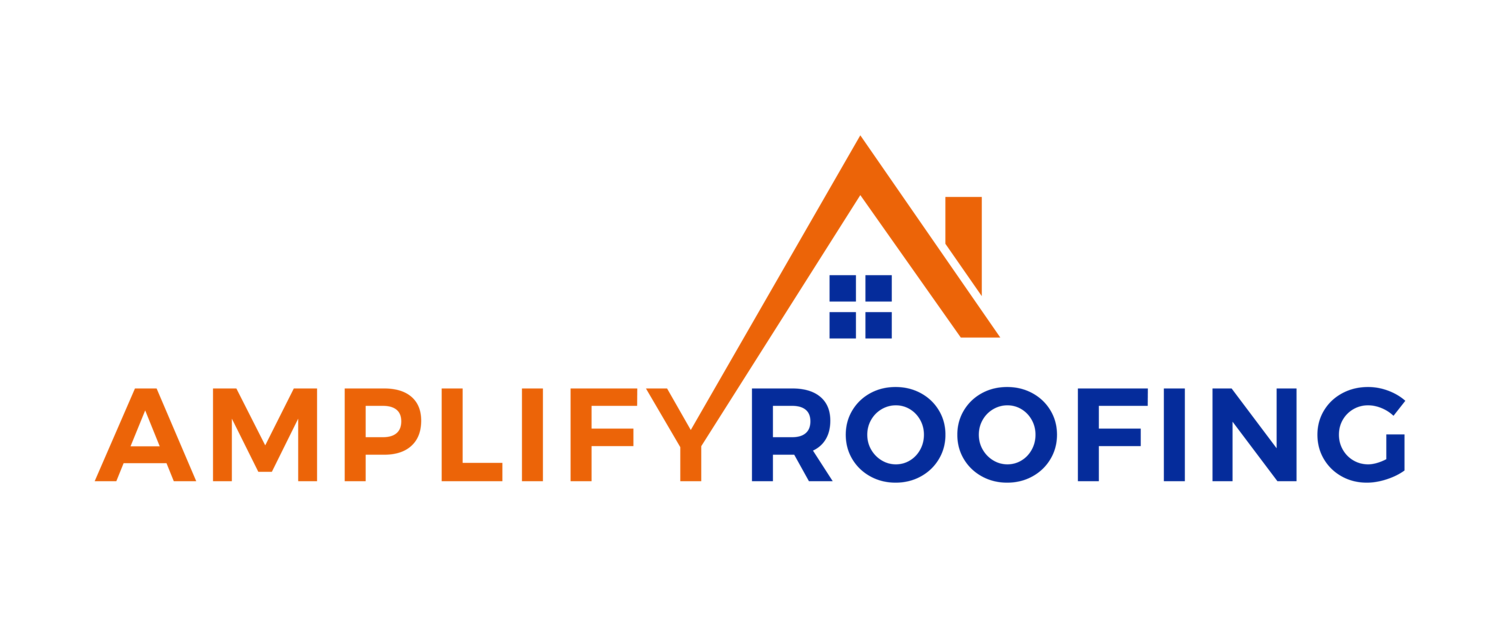
WHAT GOES INTO YOUR NEW ROOF
Our Roofing System is constructed to provide peace of mind. After all Shelter is one of life’s greatest necessities.
Your roof protects everything you love and care about underneath.
REMOVAL
First the old roof is completely removed, cleared off, cleaned up, and disposed of using roll off dump trailers on wheels.
After that we look at the condition of the decking. Any rotten or damaged pieces are removed and replaced with brand new plywood/osb.
VALLEY PROTECTION
Next we apply ice and water shield into the valleys. It is adhesive on the underside and protects and seals up valleys and vulnerable areas on your roof. The we install synthetic felt which provides a durable and protective layer under the roof shingles. Synthetic felt has fiberglass reinforcement for optimal performance.
DRIP EDGE
After that, drip edge required by code is installed. It is a metal/aluminum flashing that fastens to the roof decking and extends at a 90 degree angle downward to cover the fascia. Drip edge controls the direction of dripping water and prevents ice dams during snowy winters.
STARTER SHINGLE
Starter Shingle is installed on all the rakes and eaves as the first shingle. There is a seal strip on starter shingles that must be properly positioned in order to creates a seal with the above asphalt shingles giving the roof adequate wind resistance. Correctly installed starter shingles provides razor straight rake edges and higher wind warranties.
SHINGLES
Asphalt Shingles are then installed as the primary roof for your home. Their purpose is to make the home aesthetically look great and protect your home from the elements that barrage it frequently. The shingle warranties vary from 25 years up to a Lifetime.
Pipe boots encapsulate the plumbing pipes protruding out of the roof. These rubber flange boots provide the perfect seal. And to make double sure the seal lasts we add a solar collar to finish these boots.
VENTILATION
Proper ventilation is installed allowing air to flow adequately throughout the entire attic space. This reduces heat and moisture. Proper attic ventilation reduces premature aging of the roof system and aids in reducing high energy costs. Types of ventilation are ridge vents, power vents, box vents, and turbines. It is important to have to correct amount of ventilation based on the square footage of your home and attic space.
RIDGE CAP
Finally, ridge cap shingles are the finishing touch to complete and complement your roof’s style and color. The prescribed ridge cap can also help reduce the risk of wind damage.
